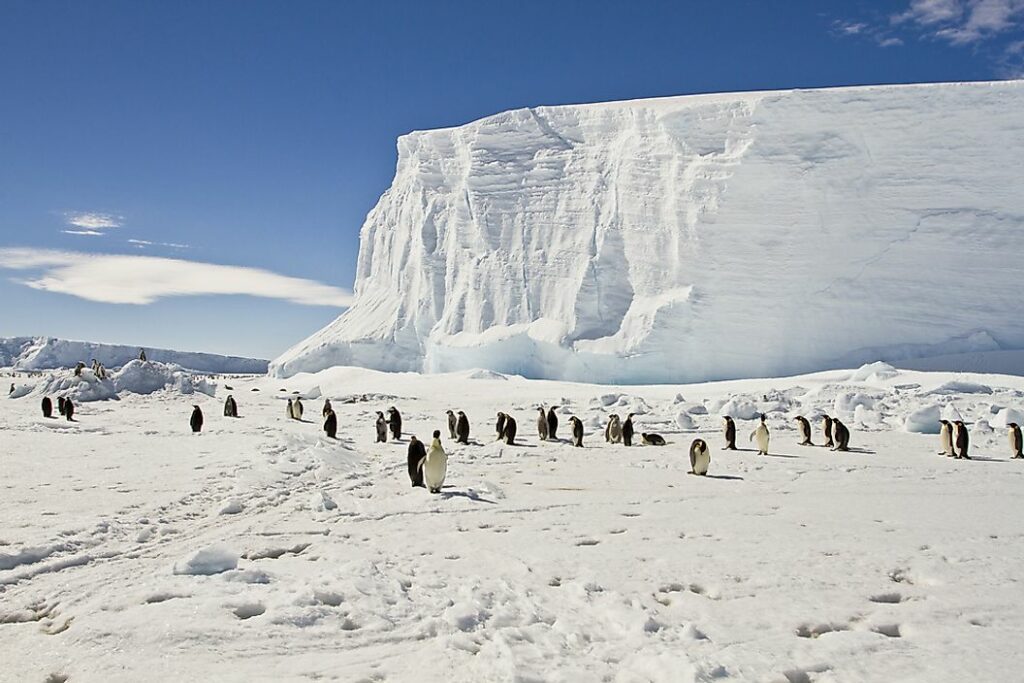We are well aware that the Arctic is located in the northernmost region of the earth. In comparison, Antarctica is found in the southernmost part of the earth. But did you know why they were given those names?
The names Arctic and Antarctica were derived from the Greek word “arktos,” which means bear. They technically mean “bears” or “no bears” and were based on the constellation of Ursa Major and Minor.
The Arctic
The Arctic is composed of Northern Canada, Alaska, Greenland, Russia, Iceland, Finland, Norway, and Sweden. The name Arctic comes from the Greek word arktos, which translates to bear. The name comes from the presence of the Ursa Major and Ursa Minor. These constellations can be vividly seen in the northern hemisphere. (Source: World Atlas)
Arctic Geography
The Arctic region covers about 14.5 million square kilometers. It is categorized as a high latitude area where temperatures never go above 50 degrees Fahrenheit. The arctic is primarily barren and is classified as a frozen tundra. This means that the ground is permanently frozen. While there are no trees, other kinds of plant life are present. Shrubs, moss, and lichen can be found on the ground.
Despite the permafrost, bogs and marshes can be found where berry shrubs thrive. Some animals can manage the weather in the Arctic. Lemmings, wolverines, and polar bears are commonly found here. (Source: World Atlas)
Antarctica
Antarctica means no bears. While it is true that there are literally no bears in the region, the name was given to describe it as the opposite of the Arctic. Before the term was officially used as a formal name, people utilized it to describe places that were in contrast to the north. John George Bartholomew, a cartographer, officially used the name by the 1890s. (Source: World Atlas)
Antarctica Geography
Antarctica is the fifth-largest continent. About 98% of the region is covered in ice. Today, it has a small population. Before settlers came to the land, there was no evidence of human life. Antarctica is one of the coldest, driest, and windiest lands. Because of the harsh conditions, only algae, bacteria, and fungi grow in the area. Animals like penguins, seals, and tardigrades thrive here. (Source: World Atlas)
Can You Live in Antarctica?
As mentioned, the weather conditions in Antarctica are inhospitable. It is the only continent in the world without an indigenous human population. While there are no native Antarcticans and citizens, there are a few people who move to the region each year.
There are about 5,000 scientists and researchers living in Antarctica, along with 45,000 Antarctican tourists on an expedition during the summer. These numbers drop significantly when winter arrives because of the sub-zero temperatures. There are 66 scientific stations all across the region. These settlements can accommodate about a thousand people at a time.
In order to get to Antarctica, you would need to travel during the summertime. Becuse the winters are incredibly harsh, icy winds make it very risky for transportation to be possible. (Source: Aurora Expeditions)
